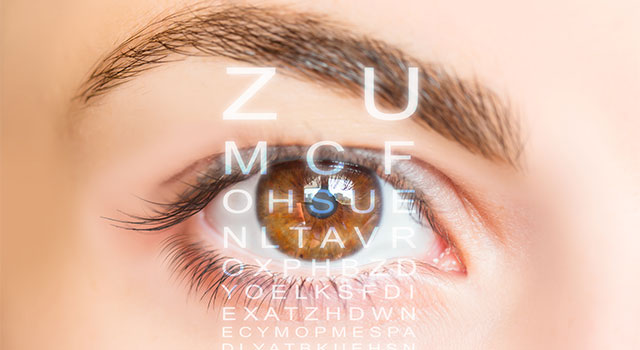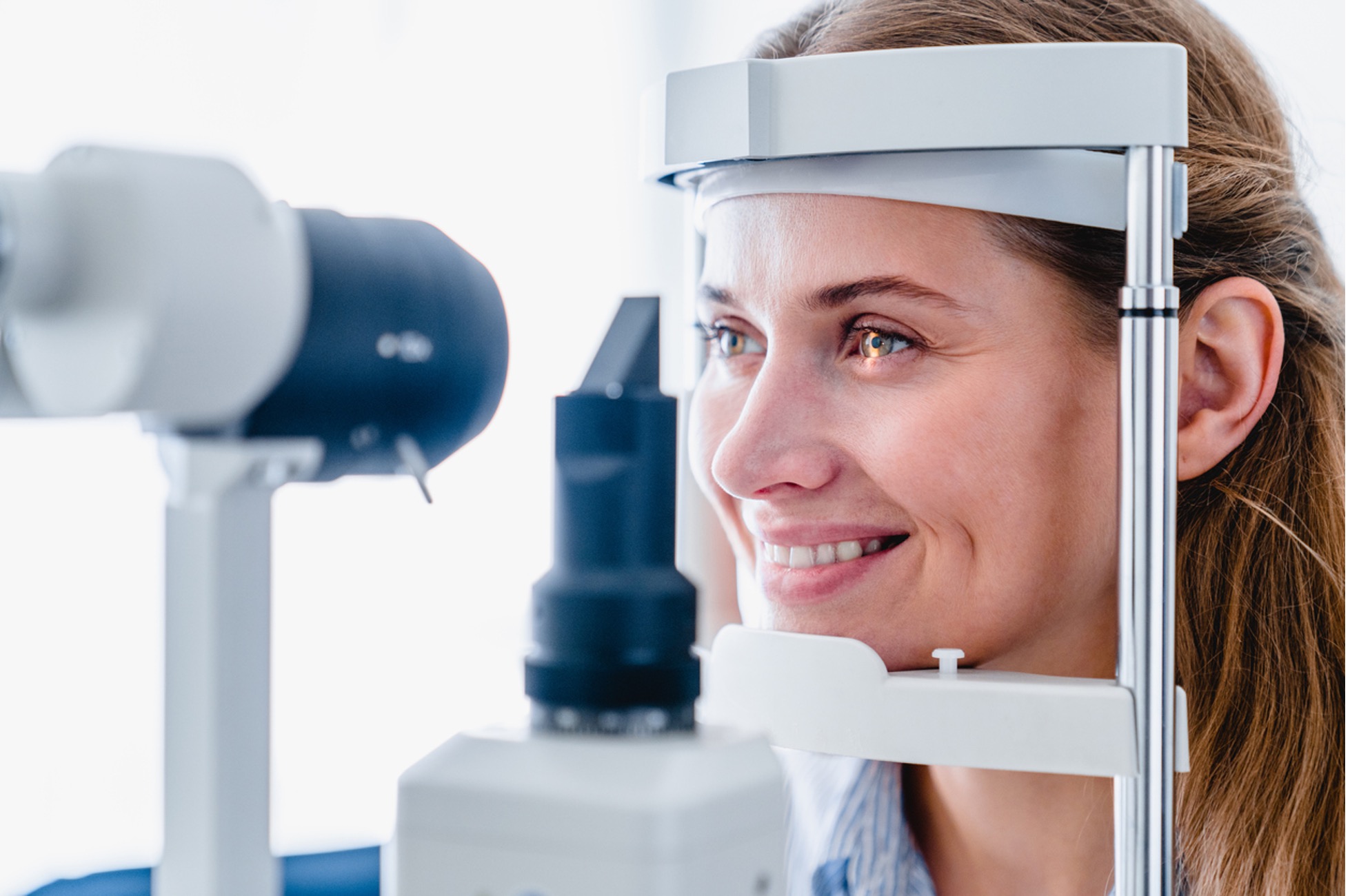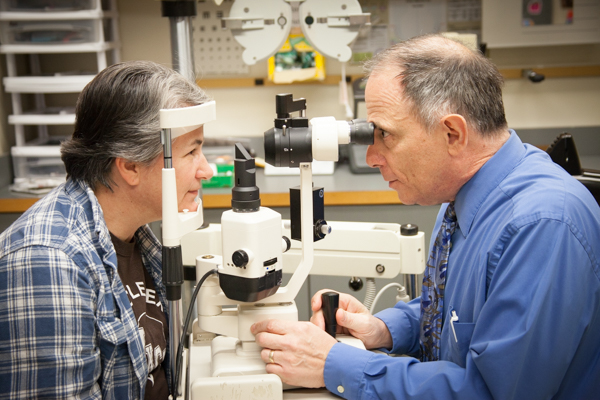Discover the Best Glaucoma Service Near Me: Expert Eye Care Solutions
Discover the Best Glaucoma Service Near Me: Expert Eye Care Solutions
Blog Article
The Role of Advanced Diagnostic Tools in Identifying Eye Disorders
In the world of ophthalmology, the application of innovative analysis tools has actually transformed the very early identification and management of different eye problems. From finding subtle adjustments in the optic nerve to checking the development of retinal illness, these modern technologies play an essential role in improving the precision and efficiency of detecting ocular conditions. As the demand for specific and prompt diagnoses remains to grow, the assimilation of sophisticated devices like optical comprehensibility tomography and visual area screening has actually ended up being indispensable in the realm of eye treatment. The complex interaction between modern technology and ophthalmic methods not just loses light on elaborate pathologies but additionally opens doors to tailored treatment strategies.
Importance of Early Diagnosis
Early medical diagnosis plays an essential function in the effective monitoring and therapy of eye conditions. By discovering eye disorders at a very early stage, health care companies can provide suitable treatment strategies customized to the specific condition, ultimately leading to far better outcomes for people.

Modern Technology for Discovering Glaucoma
Sophisticated diagnostic technologies play a vital role in the very early detection and surveillance of glaucoma, a leading root cause of irreparable blindness worldwide. One such innovation is optical coherence tomography (OCT), which supplies detailed cross-sectional photos of the retina, enabling the measurement of retinal nerve fiber layer thickness. This dimension is important in analyzing damage triggered by glaucoma. Another sophisticated device is aesthetic field screening, which maps the sensitivity of a client's visual field, assisting to identify any locations of vision loss feature of glaucoma. Additionally, tonometry is utilized to gauge intraocular pressure, a major danger variable for glaucoma. This test is important as raised intraocular stress can lead to optic nerve damage. More recent technologies like the use of synthetic intelligence algorithms in examining imaging information are revealing encouraging outcomes in the very early discovery of glaucoma. These innovative analysis devices make it possible for ophthalmologists to diagnose glaucoma in its early stages, enabling timely intervention and better monitoring of the condition to stop vision loss.
Role of Optical Coherence Tomography

OCT's capability to evaluate retinal nerve fiber layer thickness allows for exact and unbiased dimensions, aiding in the early discovery of glaucoma even prior to aesthetic area defects end up being evident. On the whole, OCT plays a crucial function in improving the analysis accuracy and monitoring of glaucoma, eventually adding to much better outcomes for people at danger of vision loss.
Enhancing Medical Diagnosis With Visual Field Testing
An important element in detailed ocular analyses, aesthetic area screening plays a critical duty in enhancing the analysis process for numerous eye disorders. By evaluating the full extent of a client's visual field, this test provides critical details regarding the useful integrity of the entire aesthetic path, from the retina to the visual cortex.
Aesthetic area testing is especially important in the diagnosis and management of conditions such as glaucoma, optic nerve disorders, and different neurological conditions that can influence vision. Through measurable dimensions of outer and central vision, clinicians can discover subtle changes that might show the presence or progression of these conditions, even prior to obvious signs occur.
Furthermore, aesthetic field screening permits the tracking of therapy effectiveness, helping eye doctors customize therapeutic treatments to specific people. eyecare near me. By tracking changes in aesthetic area performance with time, doctor can make informed choices about changing medications, advising surgical treatments, or executing various other suitable steps to maintain or improve a person's visual feature
Managing Macular Deterioration

Conclusion
In verdict, advanced analysis devices play an important role in recognizing eye problems early on. Technologies such as Optical Coherence Tomography and aesthetic area testing have actually considerably improved the precision and effectiveness of diagnosing problems like glaucoma and macular deterioration.
Report this page